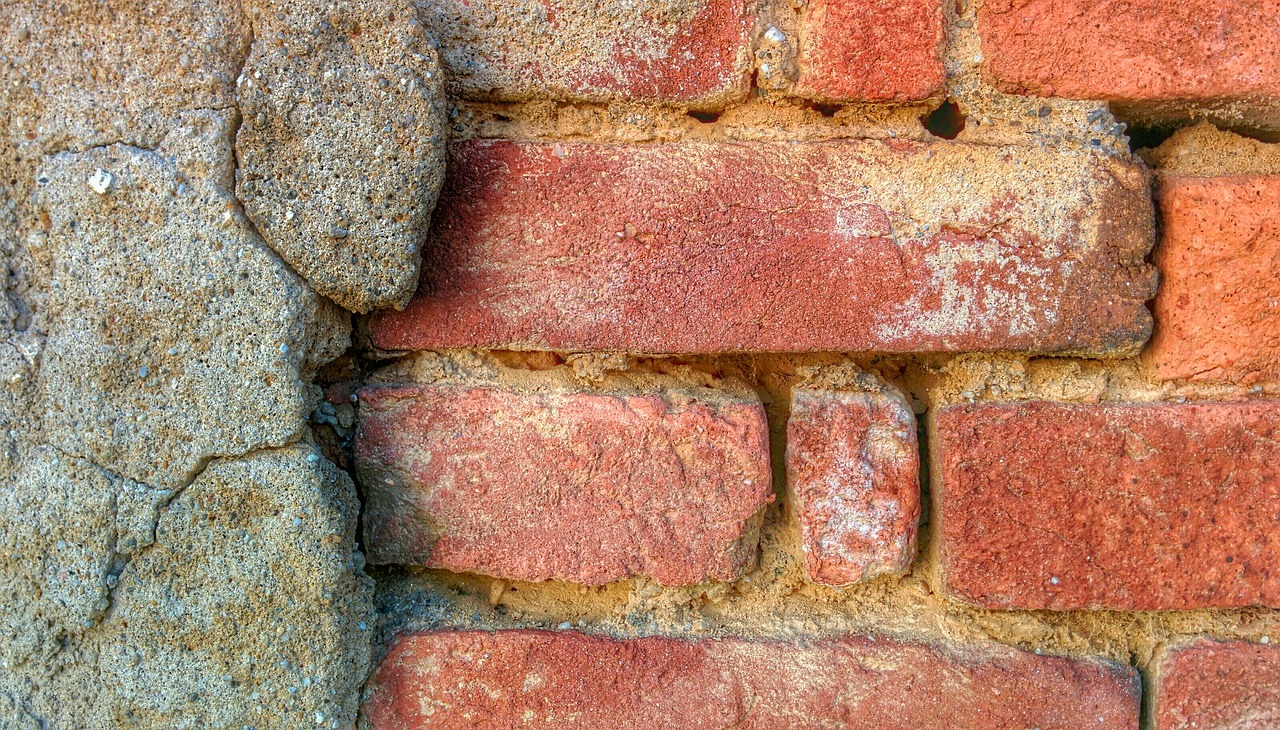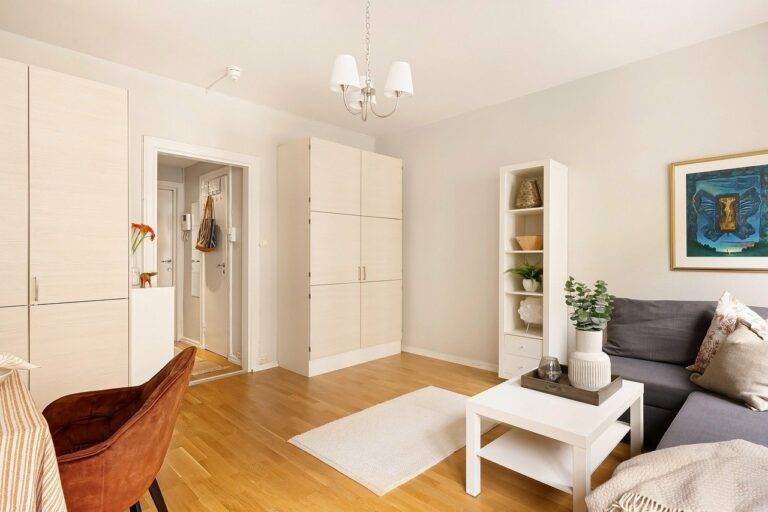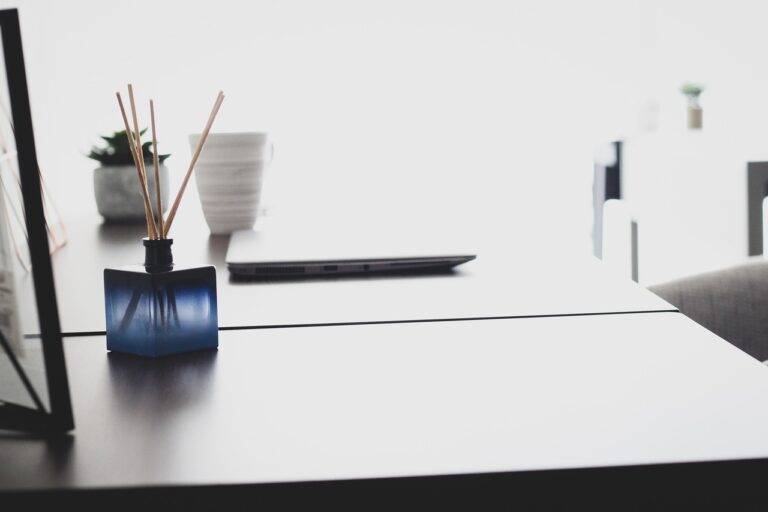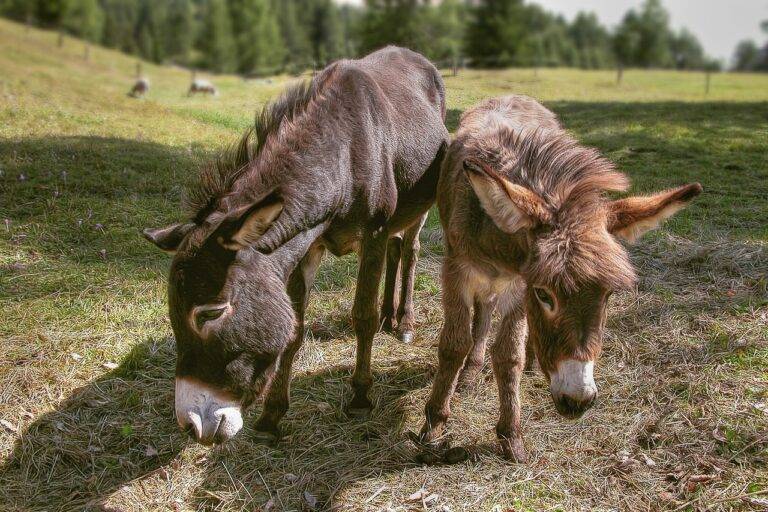How to Design a Sustainable Green Roof
Green roofs offer a multitude of benefits to both the environment and the building they adorn. One of the key advantages is their ability to reduce urban heat island effect by providing a natural insulating layer. This not only helps to decrease energy consumption for heating and cooling but also mitigates the heat island effect, leading to cooler temperatures in urban areas.
Additionally, green roofs contribute to improved air quality by absorbing pollutants and filtering out harmful gases. They also help to manage stormwater runoff by absorbing and slowing down rainwater, reducing the strain on drainage systems. This not only lessens the risk of flooding but also aids in groundwater recharge, promoting a more sustainable water cycle within urban environments.
Types of Green Roof Systems
Green roofs come in various systems that cater to different needs and environments. Extensive green roofs are lightweight and low-maintenance, typically featuring shallow soil depths and drought-tolerant vegetation. This makes them ideal for urban settings where weight and upkeep are considerations.
Intensive green roofs, on the other hand, are more robust and require deeper soil depths to support a wider variety of plant life, including trees and shrubs. These systems provide additional green space for recreational use or gardening but necessitate more maintenance and structural support. Ultimately, the choice of green roof system will depend on factors such as building design, budget, and intended use of the space.
What are the benefits of green roofs?
Green roofs provide numerous benefits including improved air quality, reduced urban heat island effect, energy savings, stormwater management, and increased biodiversity.
What are the different types of green roof systems?
Some of the main types of green roof systems include extensive green roofs, intensive green roofs, semi-intensive green roofs, and modular green roofs.
What is an extensive green roof?
An extensive green roof is a lightweight, low-maintenance system that typically features shallow soil layers and drought-tolerant vegetation. It is often used on commercial buildings and provides environmental benefits without requiring much maintenance.
What is an intensive green roof?
An intensive green roof is a more complex system that supports a wider variety of plant species and can include trees, shrubs, and even agricultural crops. These systems require more maintenance and can be used on a variety of building types, including residential buildings.
What is a semi-intensive green roof?
A semi-intensive green roof is a hybrid system that falls between extensive and intensive green roofs in terms of maintenance requirements and plant diversity. These roofs may include a mix of drought-tolerant and more traditional garden plants.
What are modular green roofs?
Modular green roofs consist of pre-planted modules that can be easily installed and maintained. These systems are often used on smaller-scale projects or on buildings where weight restrictions limit the use of traditional green roof systems.





